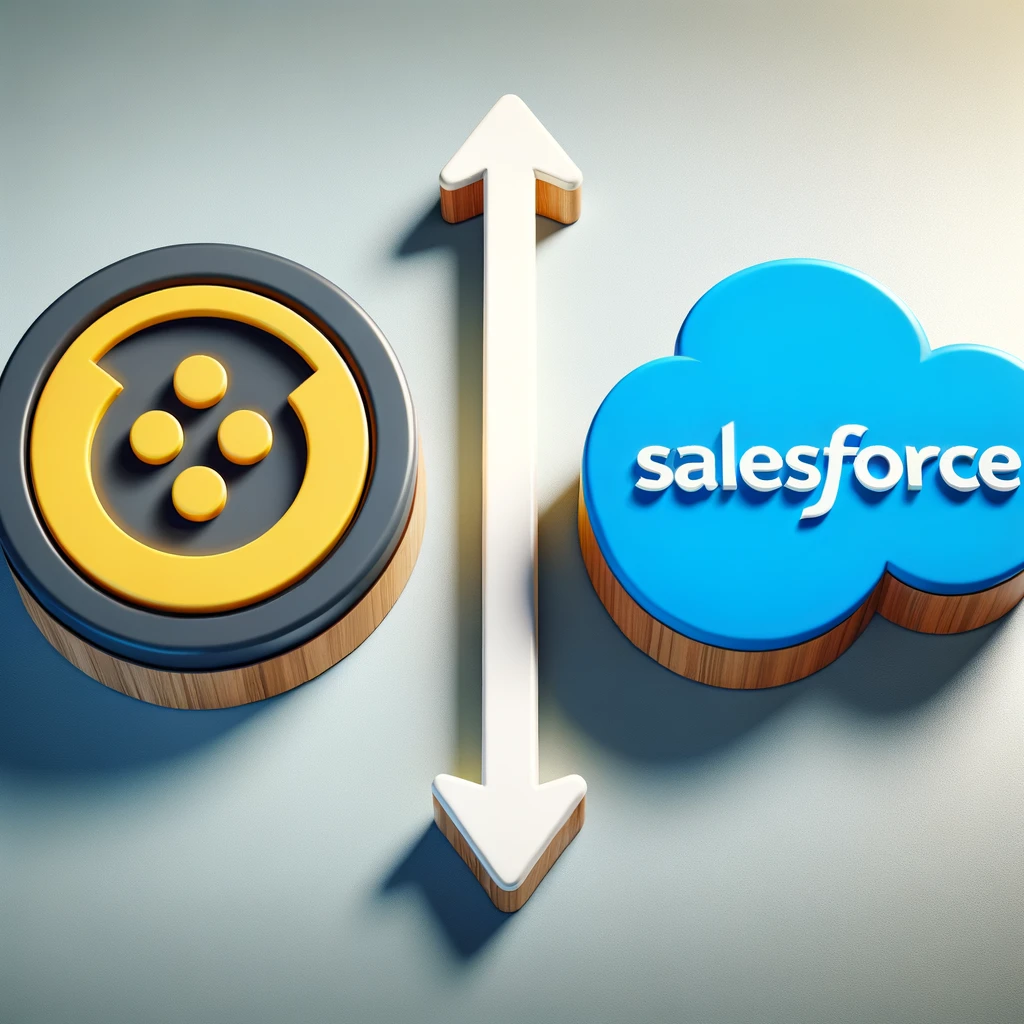In today’s digital landscape, the integration of Google API with Salesforce has become a strategic imperative for businesses aiming to streamline processes and enhance data synchronization. This comprehensive guide will walk you through the steps of connecting Google API with Salesforce, offering detailed instructions, best practices, and insights to optimize your workflow.
Table of Contents
ToggleUnderstanding the Power of Google API and Salesforce Integration
Before diving into the technical aspects, let’s explore why integrating Google API with Salesforce is a game-changer.
- Google API: A set of powerful tools and services provided by Google, enabling developers to access various functionalities like Google Drive, Gmail, and Calendar.
- Salesforce: A leading Customer Relationship Management (CRM) platform, centralizing customer data and interactions.
Integration Benefits:
- Unified Data Access: Access Google API data seamlessly within Salesforce for a consolidated view.
- Enhanced Productivity: Streamline workflows by eliminating manual data entry between Google and Salesforce.
- Automated Processes: Trigger actions in Salesforce based on Google API events, enhancing automation.
Connecting Google API with Salesforce: Step-by-Step Guide
1. Set Up Google API Project:
- Navigate to the Google Cloud Console and create a new project.
- Enable the necessary APIs (e.g., Google Drive API, Gmail API) for your project.
2. Generate API Credentials:
- Create API credentials (OAuth client ID) to authenticate Salesforce with Google API.
- Configure authorized redirect URIs for seamless communication.
3. Integrate OAuth in Salesforce:
- In Salesforce, set up a connected app to handle OAuth authentication.
- Configure the OAuth settings with the client ID and secret obtained from Google API.
4. Implement API Calls in Salesforce:
- Utilize Apex code in Salesforce to make RESTful calls to Google API.
- Handle authentication, request formatting, and response parsing.
5. Handle Data Synchronization:
- Design workflows or triggers to handle data synchronization between Google API and Salesforce.
- Ensure that data mappings align with your business processes.
6. Test and Monitor:
- Thoroughly test the integration to identify and address any issues.
- Set up monitoring to track API usage and performance.
Best Practices for Google API and Salesforce Integration
To ensure a smooth and effective integration, consider these best practices:
- Security Measures: Implement secure coding practices and regularly update API credentials.
- Error Handling: Create robust error-handling mechanisms to address unexpected scenarios gracefully.
- Documentation: Maintain comprehensive documentation for the integration, facilitating troubleshooting and future enhancements.
- Data Mapping Strategy: Establish a clear strategy for mapping data between Google API and Salesforce objects to maintain consistency.
External Resources and FAQs
External Links:
FAQs:
Q1: Can I integrate multiple Google APIs with Salesforce simultaneously?
- A1: Yes, you can integrate multiple Google APIs into Salesforce based on your business needs. Ensure proper authentication and authorization for each API.
Q2: What types of data can be synchronized between Google API and Salesforce?
- A2: Depending on the APIs used, various types of data can be synchronized, such as files from Google Drive, emails from Gmail, and events from Google Calendar.
Q3: How often should I monitor API usage and performance?
- A3: Regular monitoring is recommended, especially during initial implementation. Set up periodic checks to ensure consistent performance and address any issues promptly.
Q4: Is it possible to schedule automated data synchronization between Google API and Salesforce?
- A4: Yes, you can implement scheduled jobs or triggers in Salesforce to automate data synchronization at predetermined intervals.
Conclusion: Empowering Your Workflow with Seamless Integration
As you embark on the journey of connecting Google API with Salesforce, you empower your organization with streamlined processes, enhanced productivity, and automated workflows. By following the step-by-step guide, incorporating best practices, and exploring external resources, you position yourself to unlock the full potential of this integration. Seamlessly bridge the gap between Google API and Salesforce, fostering a more connected and efficient workflow. Happy integrating!

